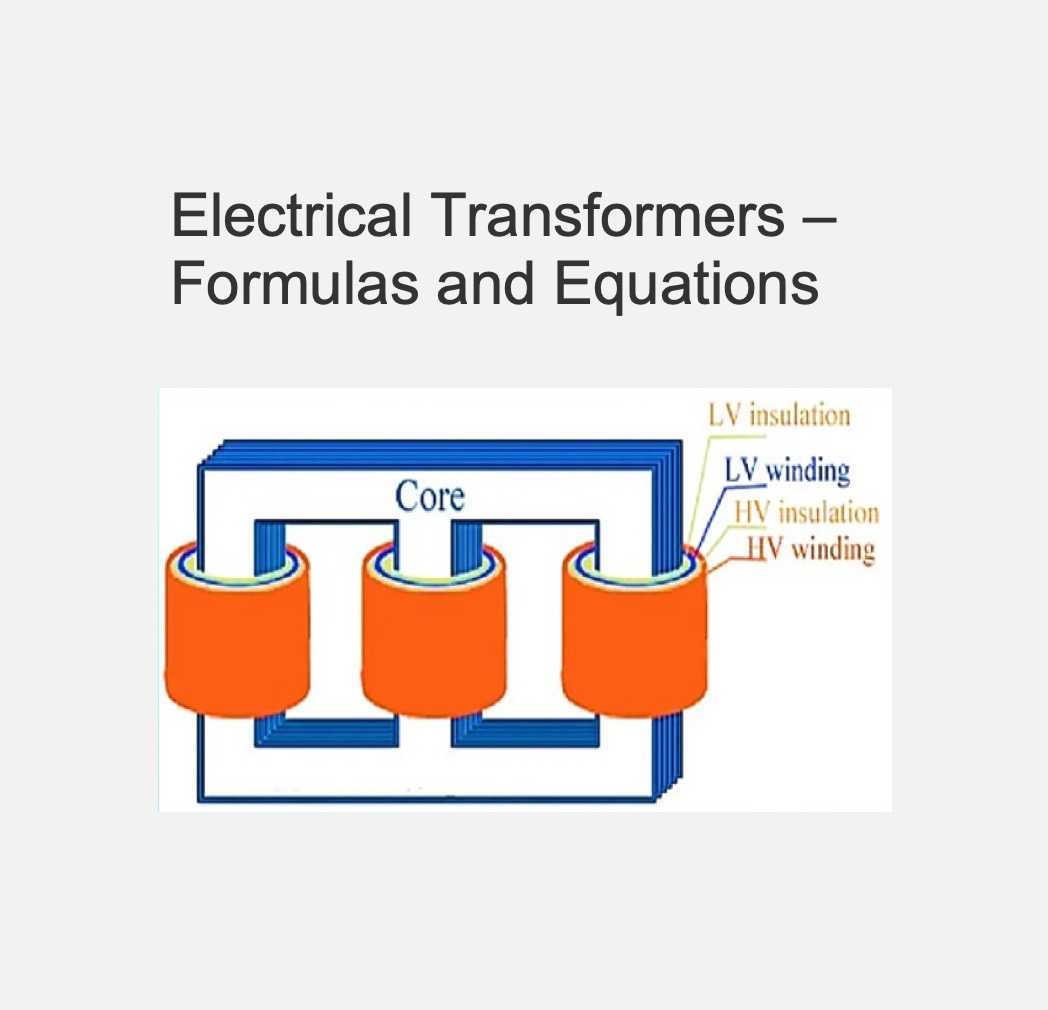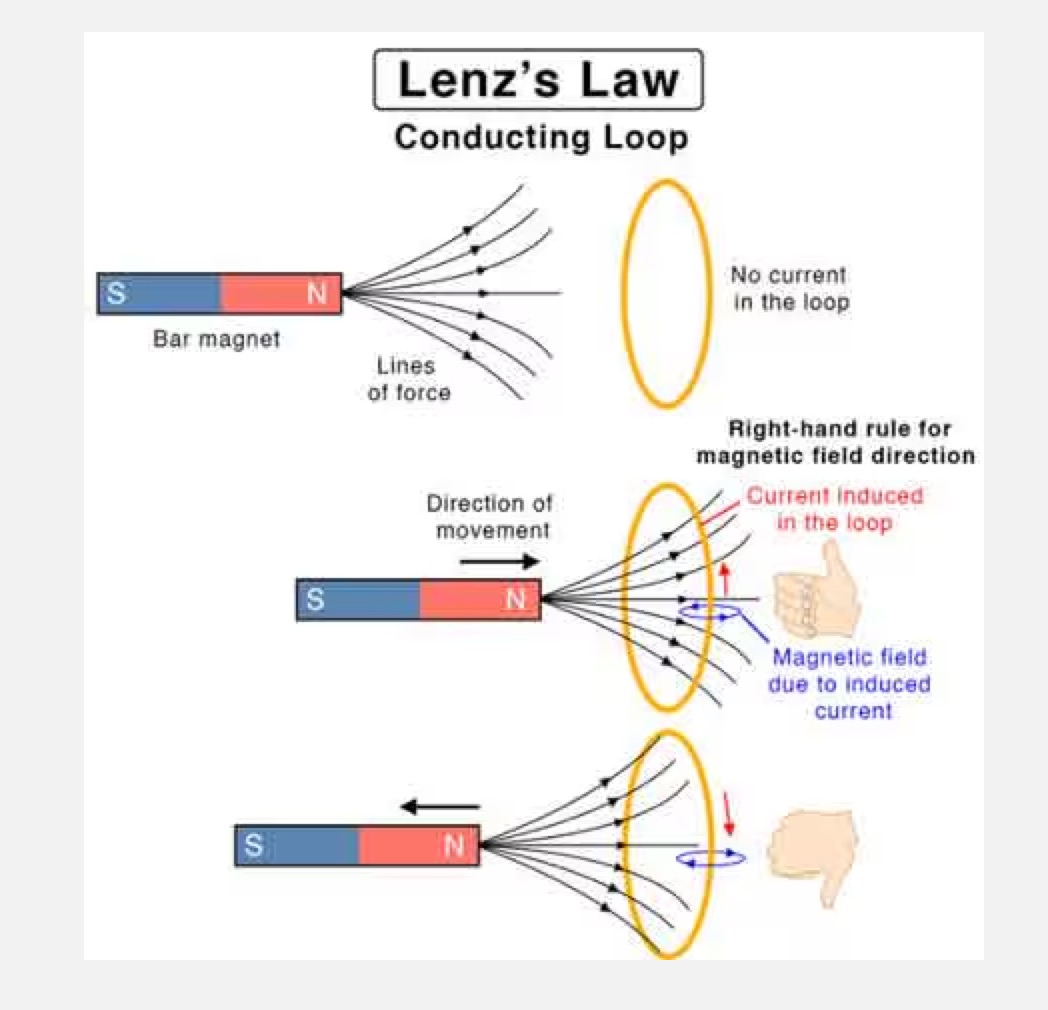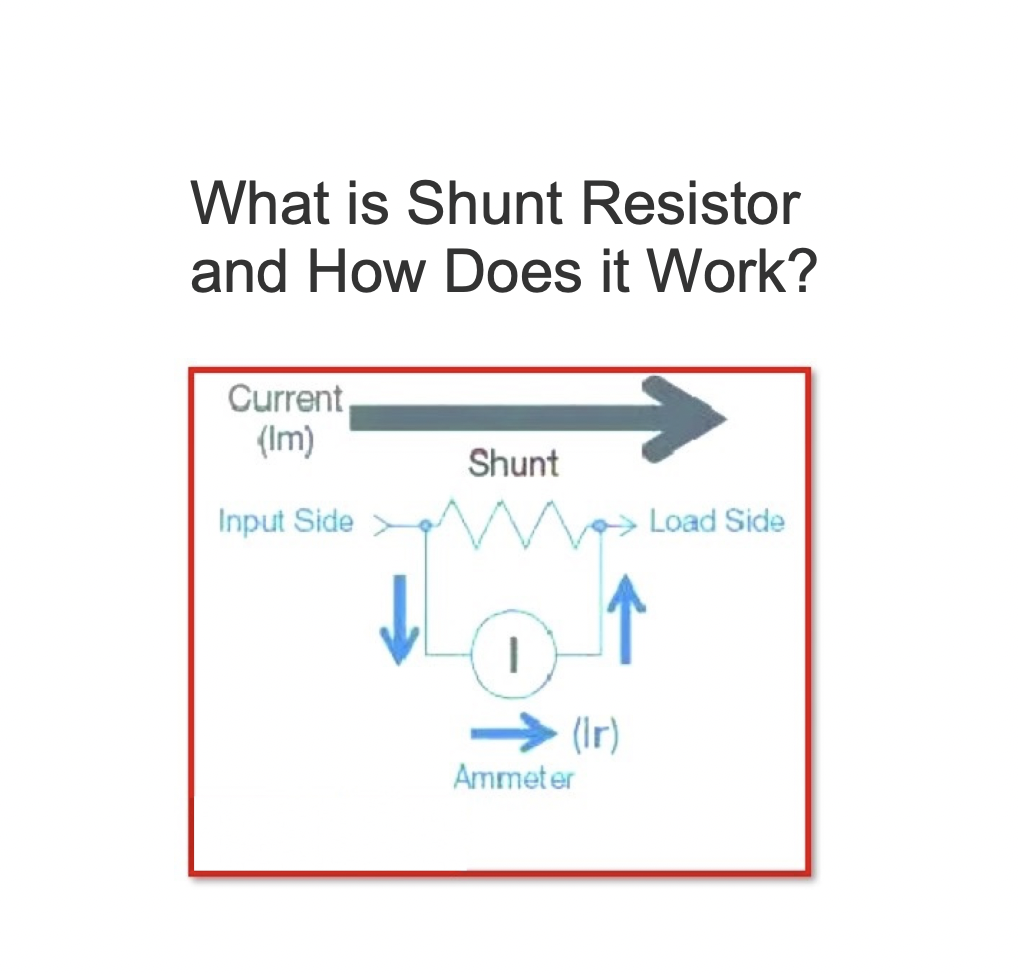State Gauss’s law
In physics, Gauss’s Law is a fundamental relationship that connects the distribution of electric charge to the resulting electric field. It is a generalization of Coulomb’s Law, which describes the electric force between two-point charges. Gauss’s Law states that the flux of the electric field through any closed surface is equal to the charge enclosed within that surface.
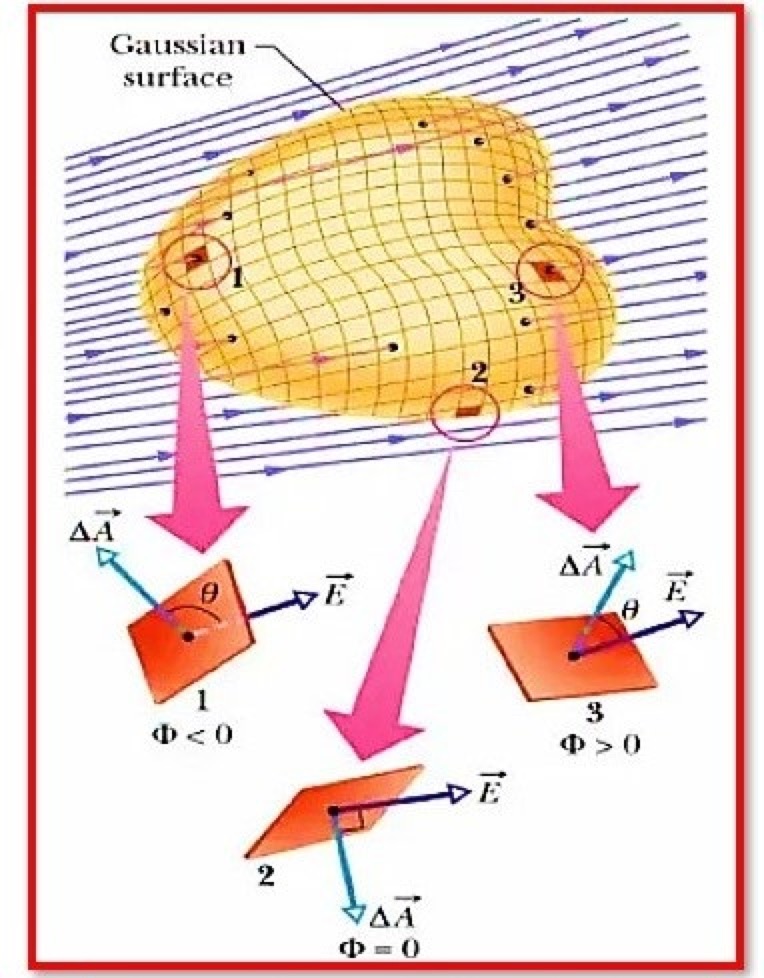
Gauss’s law Mathematical Expression:
Mathematically, Gauss’s Law can be expressed as:
∫E⋅dA = q/ε
where:
E – The electric field
dA – An infinitesimal area element on the closed surface
q – The total charge enclosed within the surface
ε – The electric permittivity of the medium
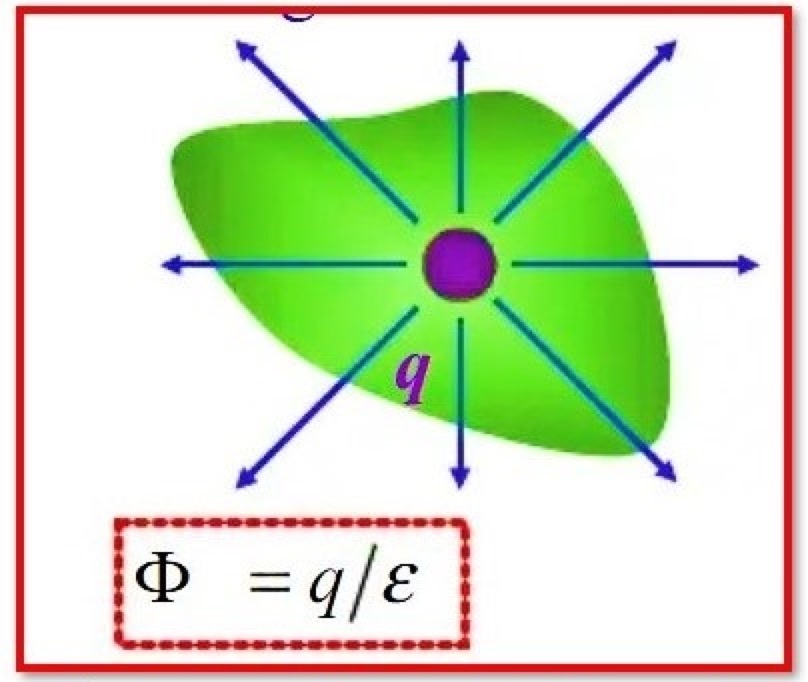
The electric field is a vector field that describes the force that would be experienced by a charged particle at any given point in space. The electric flux through a surface is a measure of the electric field that passes through the surface. The flux is equal to the surface area of the surface multiplied by the component of the electric field that is perpendicular to the surface.
Gauss’s Law can be used to calculate the electric field produced by a distribution of charge. It is a very useful tool for solving problems involving the electric field, particularly when the distribution of charge is symmetrical or when the field is uniform.
What is the importance of Gauss’ law?
Gauss’ Law is a fundamental law that is applicable to any closed surface. It is a helpful tool because it allows the quantity of confined charge to be estimated by locating the field on a surface outside the charge distribution. It simplifies the calculation of the electric field for adequate symmetric geometries.
Statement: Respect the original, good articles worth sharing, if there is infringement please contact delete.
As an electrical engineer with 5 years of experience, I focus on transformer and circuit breaker reliability in 110/33-11kV and 33/11kV substations. I am a professional electrical engineer with experience in transformer service and maintenance.


